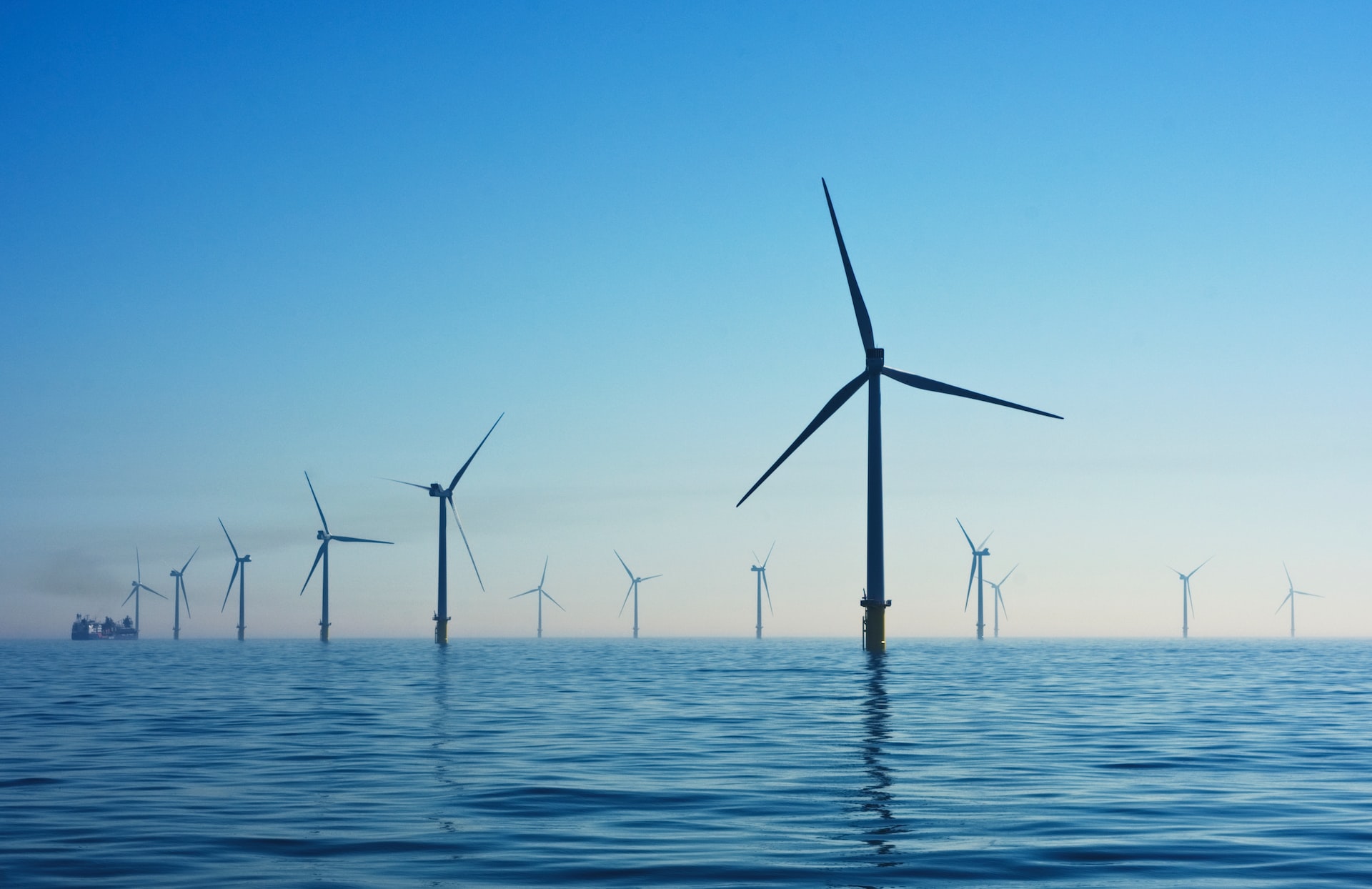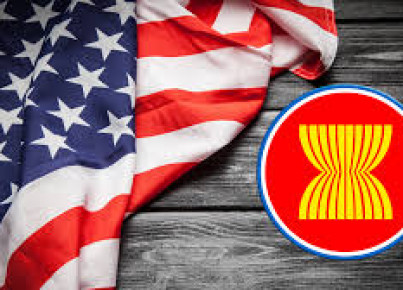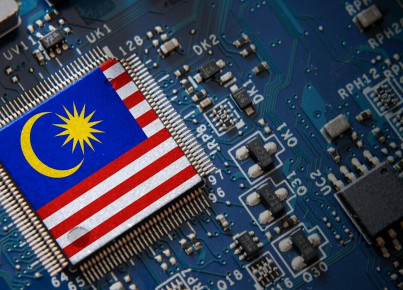ASEAN members have recently adopted the Blue Economy Framework to coordinate the sustainable exploitation of marine resources. The sea is a vital resource, but it rests on a delicate balance. Environmental... and political.
The sea plays an essential role in the history of Southeast Asia. Fishing and maritime trade have been key activities in the regional economy for centuries. All ASEAN countries, except Laos, have coastlines. People, goods, and ideas circulating by ship have made the region much more than a mere geographical expression, creating cultural and political ties among its countries. In recent decades, in addition to unprecedented growth in maritime trade, new forms of economic use of the sea have emerged – tourism, but also the extraction of resources such as oil and natural gas. At the same time, due to climate change and rising sea levels, the sea has also become a threat. Densely populated areas and cities like Jakarta are at risk of being submerged in the coming decades, with immense social and economic costs. Not surprisingly, the Indonesian government pushed for the approval of the Blue Economy Framework during its ASEAN presidency with the aim of making the use of marine resources more sustainable and effective.
But what is the blue economy? The World Bank defines it as ‘sustainable use of ocean resources for economic growth, improved livelihoods, and jobs, and ocean ecosystem health’. The concept of ‘sustainability’ must be understood in a tripartite manner, uniting economic, social, and environmental sustainability. In practical terms, the blue economy model urges governments to design their policies in an integrated manner, acting on different economic sectors. For example, the ASEAN Framework includes interventions to achieve carbon neutrality in maritime activities, improve disaster response capabilities, promote the development of new technologies for the involved sectors, facilitate cooperation and coordination between national governments to monitor resource consumption. Initiatives to reduce waste pollution and develop sustainable tourism related to the landscape heritage are also included.
One of the main innovations of the Framework is the inclusion of inland water resources, namely rivers, lakes, and artificial reservoirs. After all, the region is crossed by large rivers – such as the Mekong, the Irrawaddy, and the Chao Phraya – which have shaped its history and continue to support the lives of millions of people. In light of this innovation, the blue economy is also useful for a landlocked state like Laos. Another point of interest is that the ASEAN is the second bloc of countries, after the European Union, to begin coordinating its policies toward aquatic resources above the national level. Cooperation in this field is necessary, as the choices of individual states have a limited impact on the health of the oceans. Negotiating at the multilateral level is more complicated, as demonstrated by the World Trade Organization (WTO) agreement on fishing subsidies that lead to the depletion of fishery. Reaching an agreement among so many countries, with very different interests, required difficult negotiations and 21 years of talks – the time between the fourth WTO Ministerial Conference in Doha in 2001 and the twelfth held in Geneva in 2022, where the agreement was concluded.
Reaching an agreement among ASEAN members may be easier, but it can still be challenging to implement. First of all, the Framework is not binding and establishes broad strategies that will then need to be implemented in numerous regional and national policies. These policies require know-how, administrative resources, and agreement among various interest groups. ASEAN states already have a good network of international cooperation from which they can receive support in defining and implement such policies: the EU could be an essential partner, as it is the international actor most similar to the ASEAN and has already developed its approach to the blue economy. Furthermore, states that share the same sea must respect the interests and sovereignty of their neighbors. A delicate issue for ASEAN members facing the South China Sea, whose waters are also claimed by China and Taiwan. Not surprisingly, the Framework emphasizes with persistence that the UNCLOS, the United Nations Convention on the Law of the Sea establishing the boundaries of territorial waters, constitutes one of its essential legal bases. To cooperate in the protection of the seas, ASEAN states must first set aside any residual rivalries over their control.






